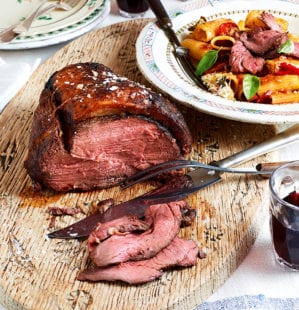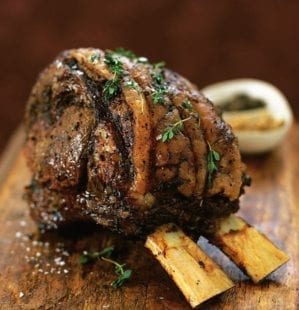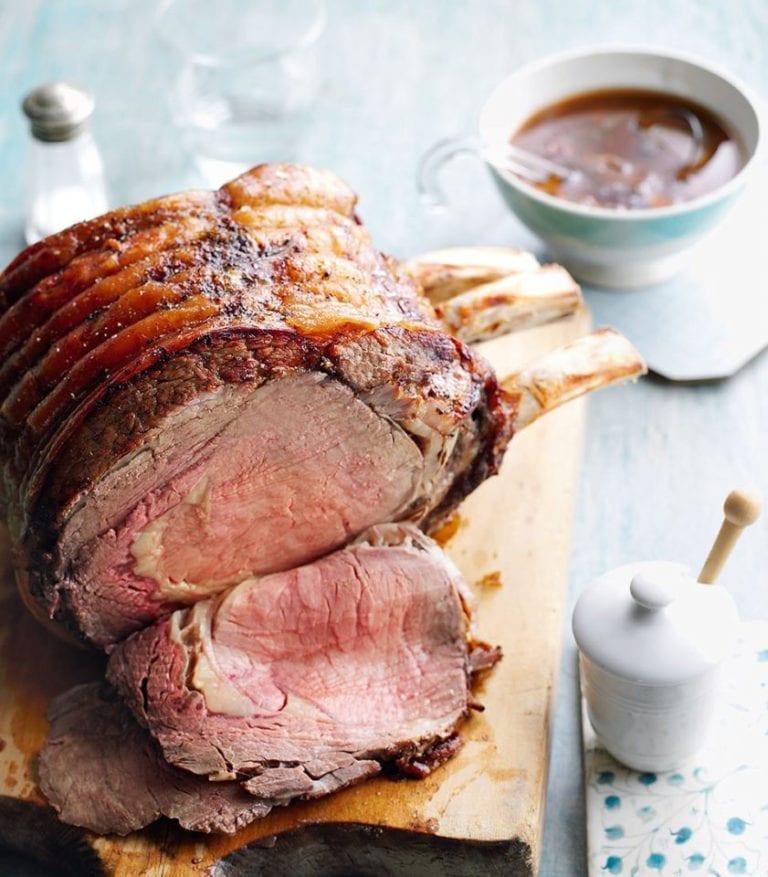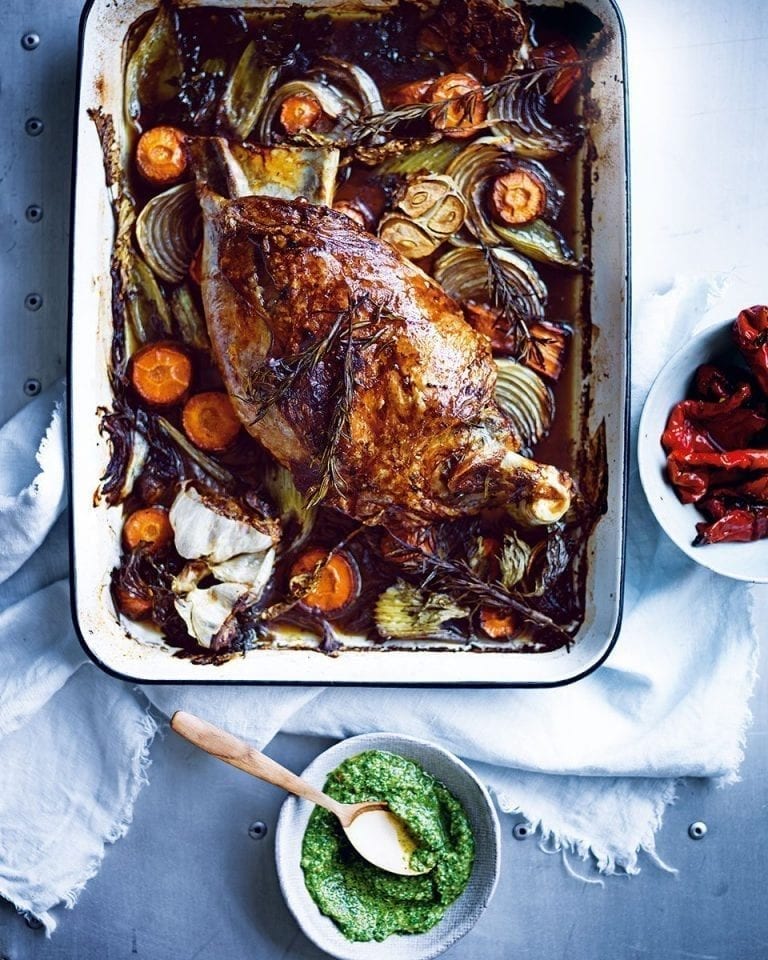The ultimate guide to beef
British beef is regarded as some of the best in the world. Our comprehensive guide explains where every cut of beef comes from, what it tastes like and how to cook it. It also includes advice on what to look for when you buy beef.
Once you feel confident in your knowledge, have a go at one of our beef recipes.
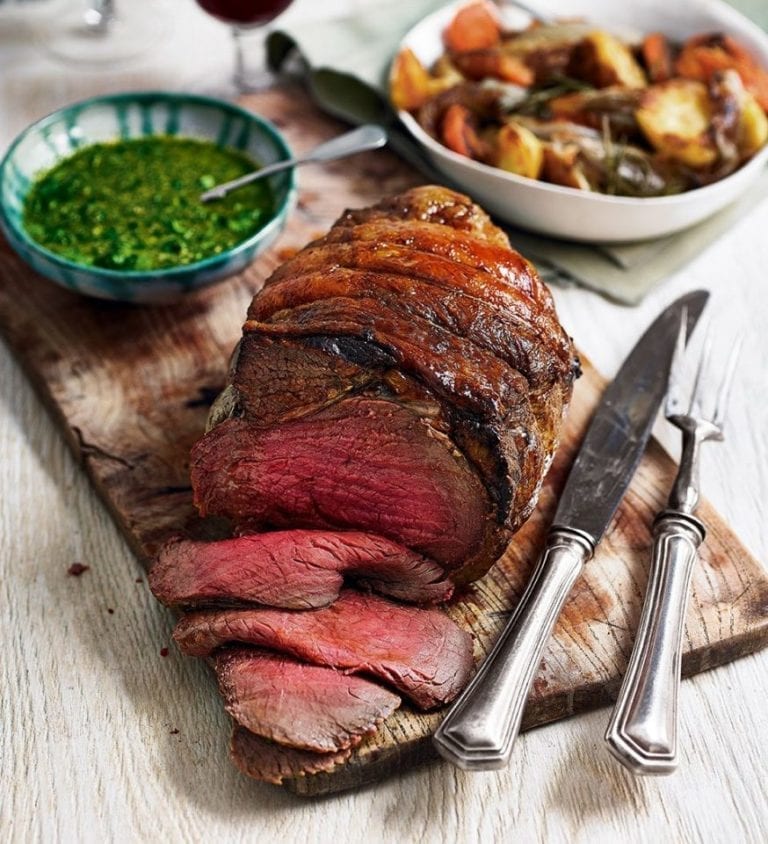
Beef should be hung after slaughter for an optimum period of two weeks, although some prefer to leave it for four or more. Hanging beef gives the enzymes and bacteria in the meat time to start breaking down the fibres, which, in time, makes the meat more tender and gives it more flavour.
It helps the meat lose moisture – making it better for cooking – and darkens the flesh to a deep-red colour. To ensure you are buying good beef, always buy from a reputable butcher and don’t be afraid to ask how long the meat has been hung.
Beef buying tips: what to look for
- Beef from a good-quality, independent butcher is more likely to be worth eating.
- Beef should be deep, dark red in colour.
- Look for marbling: the little streaks of fat running through the leaner muscle. Marbling enables the beef to ‘baste’ itself from within during cooking.
- A layer of firm, creamy-white fat around the outside of a nicely marbled joint is a sign of a properly reared, good-quality animal. After it has basted the meat and added flavour during cooking, fat can be drained away or cut off.
- Good-quality, properly hung beef should look dry and be slightly sticky and yielding to the touch, but not flabby or without form.
What are the different cuts of beef?
- Because of a cow’s size, it is first divided into four: two forequarters and two hindquarters. The forequarter runs from the neck to the last rib bone. These muscles have had to work hardest, so cuts tend to be less tender. They require slower methods of cooking, such as stewing, braising, mincing and pot-roasting.
- The neck is usually made into best-quality beef mince for slow cooking.
- The ribs are roughly sub-divided into three: The chuck and blade is from the first two ribs and is usually sliced or diced for braising. The middle ribs often carry more fat than the chuck. Boned and rolled into a joint for slow cooking, or sliced and diced for braising. The fore ribs are shaped like a long line of large beef chops, and are considered one of the prime cuts for roasting on the bone. Can be boned and rolled into a neat joint, or sliced across into rib-eye steaks.
- The brisket is from the belly. Usually boned and rolled and ideal for slow or pot-roasting.
- The shin is often sliced to give neat, medallion-shaped pieces of meat. Ideal for stewing.
- The hindquarter is the back end of the animal. These cuts are more tender – ideal for roasting and quicker cooking methods.
- The sirloin is boned and rolled into a neat joint or sliced across into sirloin steaks. But if the sirloin muscle and the underlying fillet are left on the bone, it can be sliced across to produce t-bone steaks. A porterhouse steak is a large, chop-shaped steak, cut from the rib end of an unboned sirloin.
- The fillet or undercut can be rolled into a joint or sliced into fillet steaks. Very lean and tender, with less flavour than cuts from the rump or sirloin but more expensive.
- The flank is what butchers usually trim of excess fat and use for cheaper beef mince. Skirt refers to various muscles near the flank, rump and inner thigh. It is very lean and tasty but also tough, so requires long, slow cooking. The rump is a very lean, tender cut that is always sliced into steaks.
- The topside is a large, lean cut of beef, rolled and divided into two or three boneless joints. The silverside is very similar to topside, but requires slower cooking. Used to make salt beef or corned beef.
- The top rump or thick flank is a lean cut that is ideal for roasting, or can be thinly sliced to provide an inexpensive frying steak.
- The leg is the top of the back leg, which is usually sliced and has similar qualities to shin. Best suited to slow, moist methods of cooking.
Recipes to try for each cut of beef
Rib of beef recipes
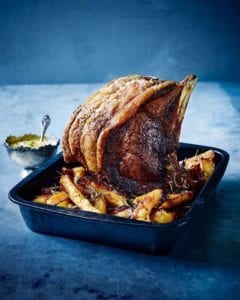
- Roast rib of beef with dripping chips
- Thyme-roasted rib of beef
- Rib of beef with red wine sauce
- Roast rib of beef with mustard seed crust
- Texas-spiced roast rib of beef
Beef brisket recipes
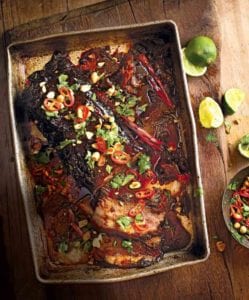
- Asian-spiced brisket with chilli, lime, peanut and coriander
- Poor man’s boeuf bourguignon
- Braised beef stew
- Easy home-cured pastrami
- Steak pie
Beef shin recipes
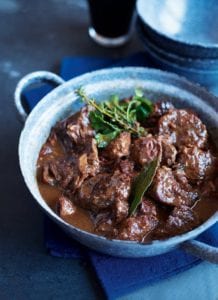
Beef sirloin recipes
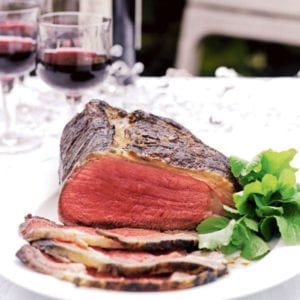
Sirloin steak recipes
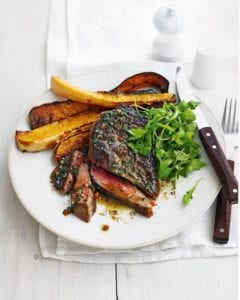
- Sirloin steaks with roast squash and herb butter
- Beef stroganoff
- Steak and five spice stir-fry
- Thai beef soup
- Steak sandwich
T-bone steak recipes
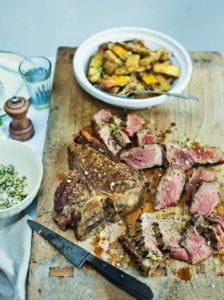
- Chargrilled florentine t-bone
- All American t-bone steak with sweet potato chips
- T-bone steaks with tomato, rosemary and caper sauce
Beef fillet recipes
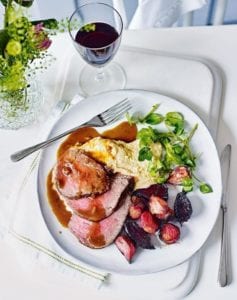
- Beef fillet with shallot jus
- Barbecued fillet of beef with horseradish butter
- Roast beef fillet with horseradish crust
- Fillet of beef with chilli, lemon and cumin
Fillet steak recipes
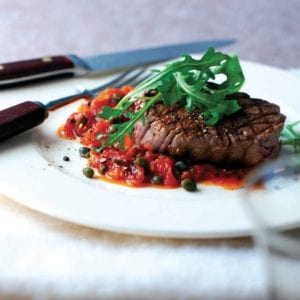
Beef skirt recipes
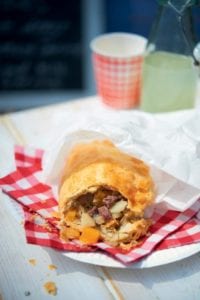
Beef rump recipes
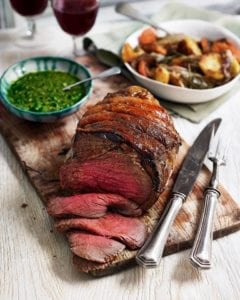
- Beef rump with salsa verde
- Rump steak with mushroom and peppercorn sauce
- Pink peppercorn-rubbed rump of beef
Topside of beef recipes
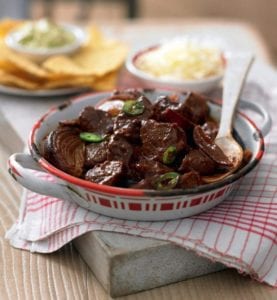
- Tex Mex beef
- Roast topside of beef with roasties and gravy
- Slow-roast beef with a rosemary and pepper crust
Frying steak recipes
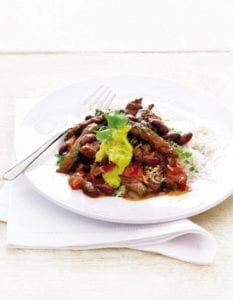
Beef mince recipes

- Beef koftas
- Turkish spiced beef pide
- Melt-in-the-middle mozzarella beef burgers
- Quick chilli con carne
Hungry for more? Discover all of our beef recipes here.
Subscribe to our magazine
Food stories, skills and tested recipes, straight to your door... Enjoy 5 issues for just £5 with our special introductory offer.
Subscribe
Unleash your inner chef
Looking for inspiration? Receive the latest recipes with our newsletter
